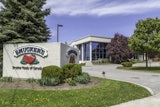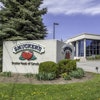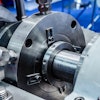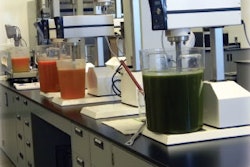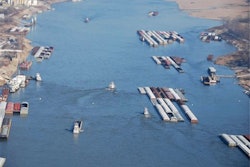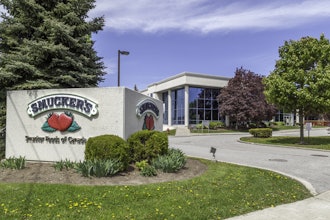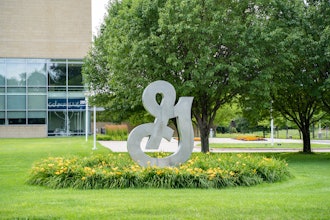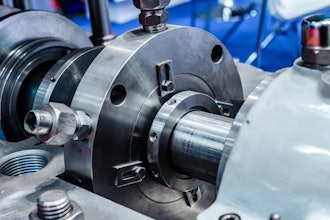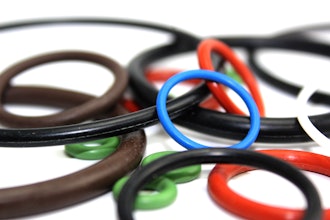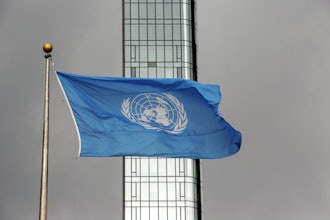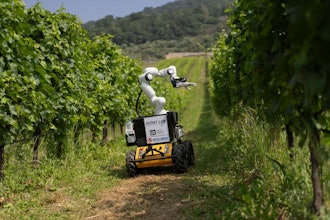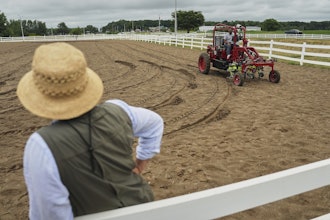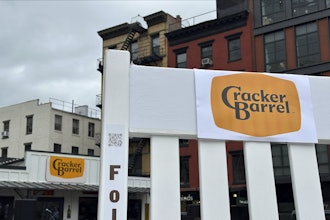This feature first ran in the July/August 2013 issue of Food Manufacturing.
Clean-in-place (CIP) technology has been around since the 1950s, delivering a predictable, efficient routine for cleaning and sanitizing tanks, piping and product lines without disassembly. However, with operating costs rising and the water supply dwindling, is it time to reevaluate your CIP system and upgrade to the reuse model?
If you’re currently using CIP three to seven times a week, you should consider a reuse design. Unlike the single-pass CIP design, where water and cleaning solutions cycle through only once before disposal, the reuse design recycles them for pre-rinsing or cleaning-out-of-place (COP) in the near future. The initial investment can be recovered within a year when you consider the savings in several facets of your operating costs:
- Time — By nature, CIP is a faster, more efficient way to regularly and repetitively clean process equipment with a limited amount of downtime for production lines.
- Water (both clean and waste) — Depending on the configuration of your reuse CIP system, the recovered water can be used over and over for a variety of applications before you have to pay to dispose of it.
- Heating/energy — If hot water is reused soon after the post-rinse cycle, some of the heat is retained in the form of BTUs and can help reduce the amount of energy required to heat water for use in subsequent applications.
- Trade waste — Installing a “pigging” system can aid in recovering product residue in the piping that would otherwise end up as trade waste.
Potential uses (and reuses) with CIP:
|
All of these benefits add up to persuasive savings. However, implementing a reuse CIP system doesn’t come without its drawbacks. Between the storage tanks, pumps and valves, the upfront installation costs and floor space requirements can give an owner pause, especially if utilities aren’t yet high.
If you can’t stomach the initial costs of a reuse system, a phased approach would spread out the costs over time. For example, you could plan for more floor space initially and once the plant is operating and profitable, phase in the additional storage tanks, pumps, valves and other CIP equipment as a capital or plant improvement project.
The Four Factors to Watch For
Your process line will determine your setup and how much water and cleaning solution you can reuse along the way, as well as any product that may be recovered. At every stage during the reuse CIP process, these four factors are critical to the safety and effectiveness of the system:
- Temperature — In order to be effective, the temperature must be just right. Too hot and the solution could cook particles onto the pipes, too cool and it won’t rinse away all of the soil.
- Flow — The proper amount of velocity must be applied to ensure all pipelines and internal tank components are hit with enough force to adequately clean the system.
- Time — The amount of time the fluids need to cycle through the system is predetermined during the validation process to ensure maximum effectiveness. Any longer could result in unnecessary wear and tear on the system. Any shorter and you get a less-than-clean CIP cycle.
- Concentration — At every cleaning cycle, the concentration of chemicals must fall within a pre-set and verified range. Anything more is waste, anything less could put you at greater risk for bacteria or cross-contamination.
| Temperature is a double-edged sword when it comes to food manufacturing and reuse CIP. The water needs to reach a high-enough temperature to kill most microorganisms in the cleaning process. If the recovered water is recycled shortly after the first rinse, it may still be hot enough to save energy on heating as it goes through the second time. If it sits around in a tank for several hours, that same warmth that proved beneficial can have the opposite effect. A tank full of warm water is the ideal breeding ground for unwanted microorganisms — an unwelcome sight at any food plant. |
Since food safety is always top priority, constant monitoring of the system shouldn’t come as a surprise. Testing and validation are essential to maintain proper levels of turbidity, chemical potency and water pH, as well as ensuring the sanitizer doesn’t leave any residue (or unwanted bacteria) behind for the next cycle. Fortunately, automation can take a lot of the labor out of the checking and balancing, adjusting the temp, flow, time and concentration for various cycles and production lines, even with different products.
Recently, greater efficiencies in CIP have been achieved through reducing the number of steps in a cycle, using chemicals that work with cool or ambient water, and replacing water with turbulent air when cleaning and clearing pipes. Considering rising utility costs, a global water shortage and pressure from the public and government to decrease consumption, advances in CIP will continue to evolve.
Until the code is cracked on maximum efficiency with minimum output, it’s wise to invest in a reuse model and reduce your operating costs for the long haul while enjoying payback in as little as a year.
